Today, 23 January, marks the point four months out from Swindon Panel’s entry into preservation. The engineering possession that will see the closure of the panel is due to commence at 0115 on Saturday 23 May 2015.
Both for Network Rail and for Swindon Panel Society: There is lots of work to do!
From our point of view, we will shortly be engaging more firmly with our contractors and suppliers in planning for the move of the panel from Swindon to Didcot, which we hope will take place approximately six to eight weeks after closure (so mid-late July).
A small taste of the packages of work we have ahead of us:
* It is necessary for us to further engage with Network Rail regarding the method of extraction and protection of NR’s interests.
We need to arrange and contract:
* a scaffolding cradle system for the safe and secure lifting of the panel
* a method of skating the panel out onto the flat roof of the relay room
* lifting contractors for the movement from the roof to a flatbed for transport
* transport for the movement to Didcot
* rail movement into the Railway Centre
* lifting within the Railway Centre to its ‘summer house’ holding location
* movement into the new building in the autumn.
All but the very last of those needs to be arranged, timed and co-ordinated very tightly so as to ensure each part of the jigsaw fits in as required.
We are very grateful to a number of individuals and companies for their offers of help, and will be meeting with a number of those over the coming weeks. One aspect we have not had any corporate interest is in the scaffolding/lifting cradle aspect. If you or someone you know is in this field of work and may be interested in helping us out, please let us know!
We will, of course, continue to publish news stories on this site of developments as this exciting phase of our project develops!
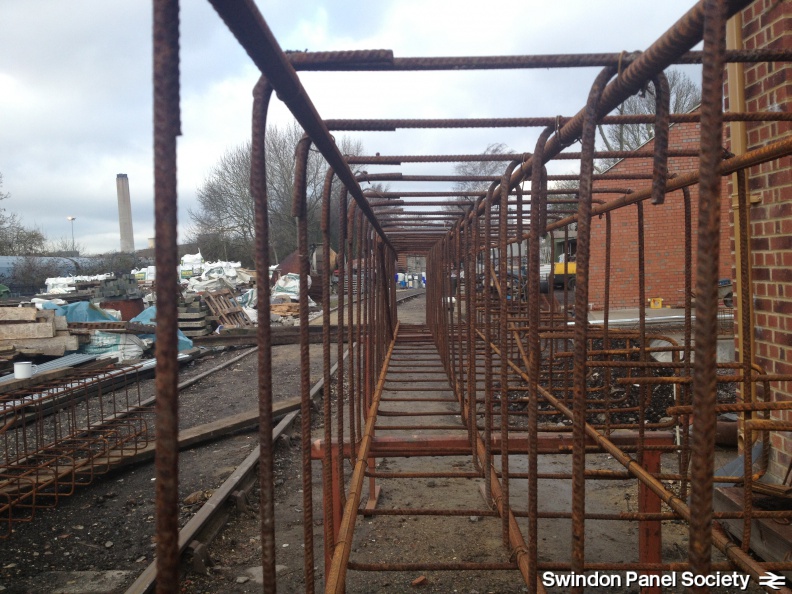
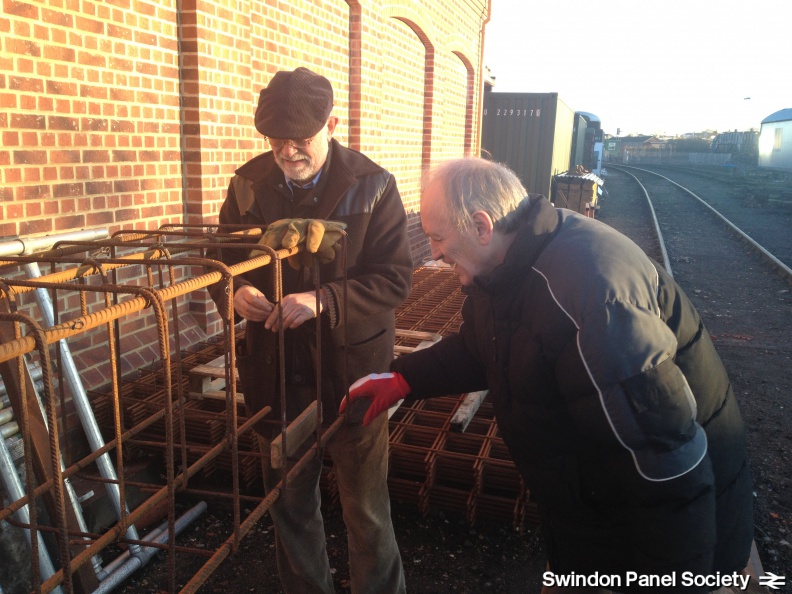
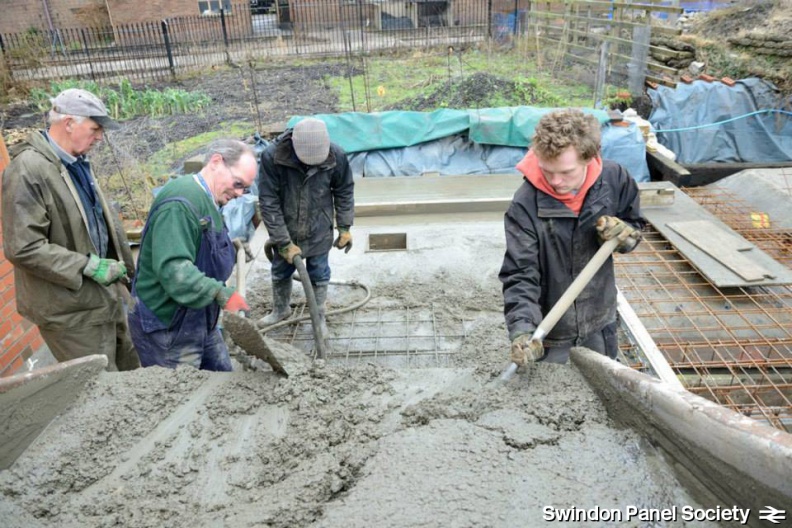

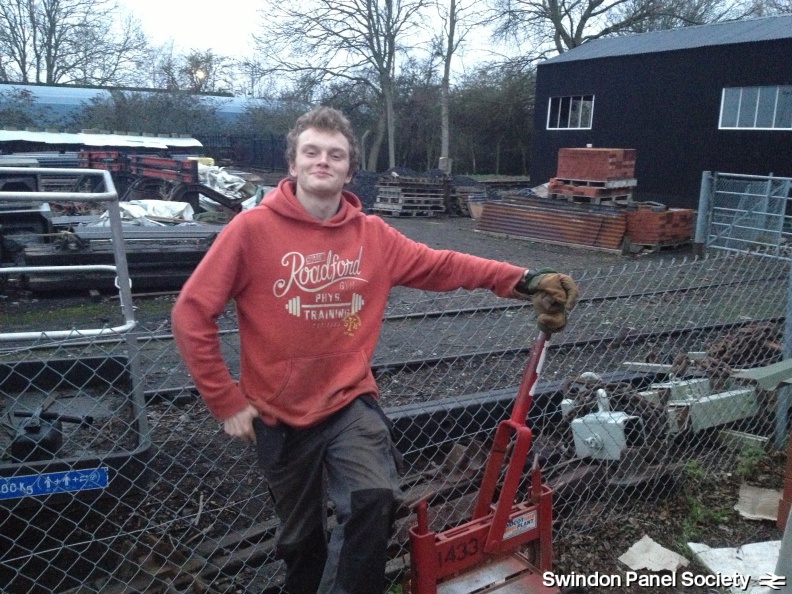

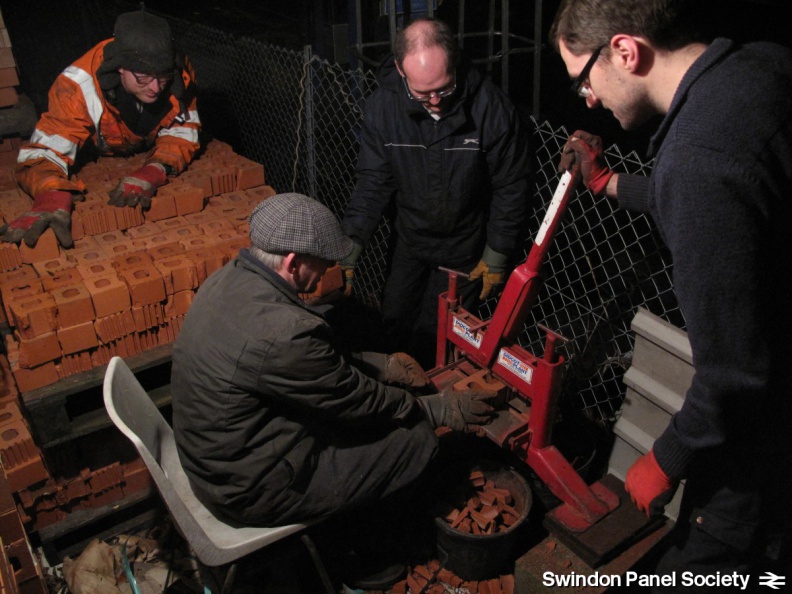








 A tiring but very satisfying and enjoyable day!
A tiring but very satisfying and enjoyable day!